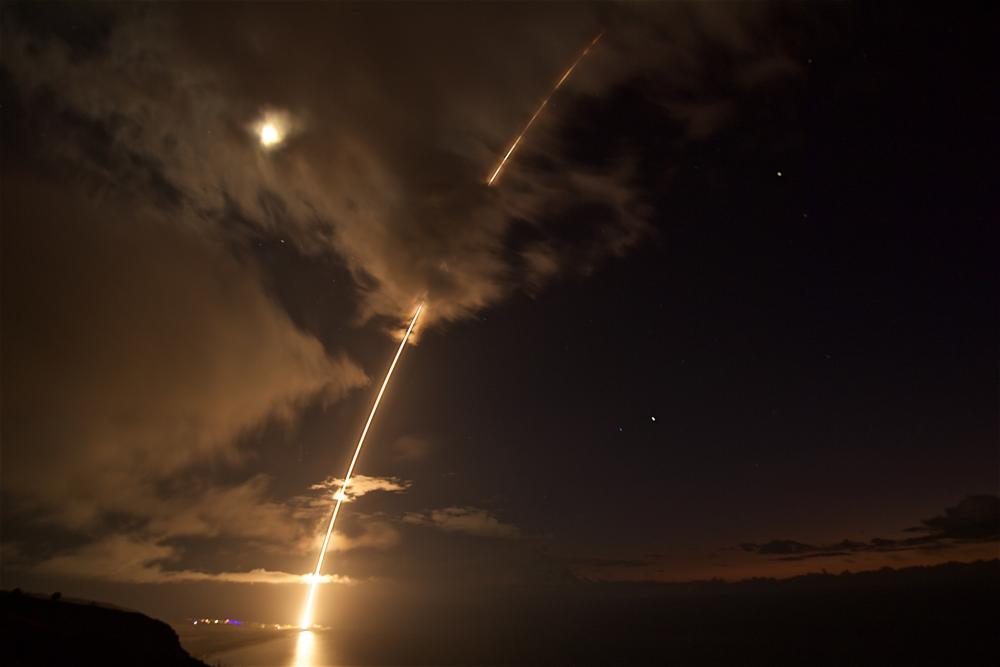The U.S. State Department has made a determination approving a possible Foreign Military Sale to the Government of Australia of Defense Services Related to Future Standard Missile Production and related equipment for an estimated cost of $350 million. This proposed sale will support the foreign policy and national security objectives of the United States. Australia is one of our most important allies in the Western Pacific. Australia is strategically positioned to contribute significantly to ensuring peace and economic stability in the region. The principal U.S. contractor will be Raytheon Missiles and Defense (RMD), Tucson, AZ.

The Government of Australia has requested to buy defense services related to the future purchase of Standard Missile 6 Block I (SM-6) and Standard Missile 2 Block IIIC (SM-2 IIIC) missiles. The proposed sale will support the readiness and future sale of vital anti-air warfare capability that can be deployed from Australia’s newest Hunter-Class Destroyers equipped with the latest AEGIS Combat Systems. The purchase of Standard Missile 6 Block I and Standard Missile 2 Block IIIC missiles is currently included in Australia’s procurement roadmap and will improve their ability to operate alongside U.S. and Allied naval forces against the full spectrum of naval threats.

The SM-6 missile is three missiles in one. It’s the only weapon that can perform anti-air warfare, ballistic missile defense and anti-surface warfare missions. The system offers navies more flexibility in limited ship space—and it’s enabling the U.S. and its allies to cost-effectively increase the offensive might of surface forces. SM-6 delivered on its initial mission to provide anti-air warfare support to the U.S. Navy by engaging manned and unmanned aircraft attacks and cruise missiles. The SM-6 is deployable on 60 surface ships, and the company has already delivered more than 500 missiles to the Navy.

The SM-2 missile chases threats closer to the water’s surface, defending against anti-ship missiles and aircraft out to 90 nautical miles. SM-2 is a cornerstone of a ship’s layered defense. The SM-2 variants include radar seeker technologies in continuous wave and interrupted continuous wave guidance modes, tail controls and solid rocket motor propulsion to engage high-speed maneuvering threats and updated radar targeting and directional warheads. Block IIIB enhances its predecessor’s capabilities by adding autonomous infrared acquisition. The U.S. Navy plans to use this variant through 2035.















